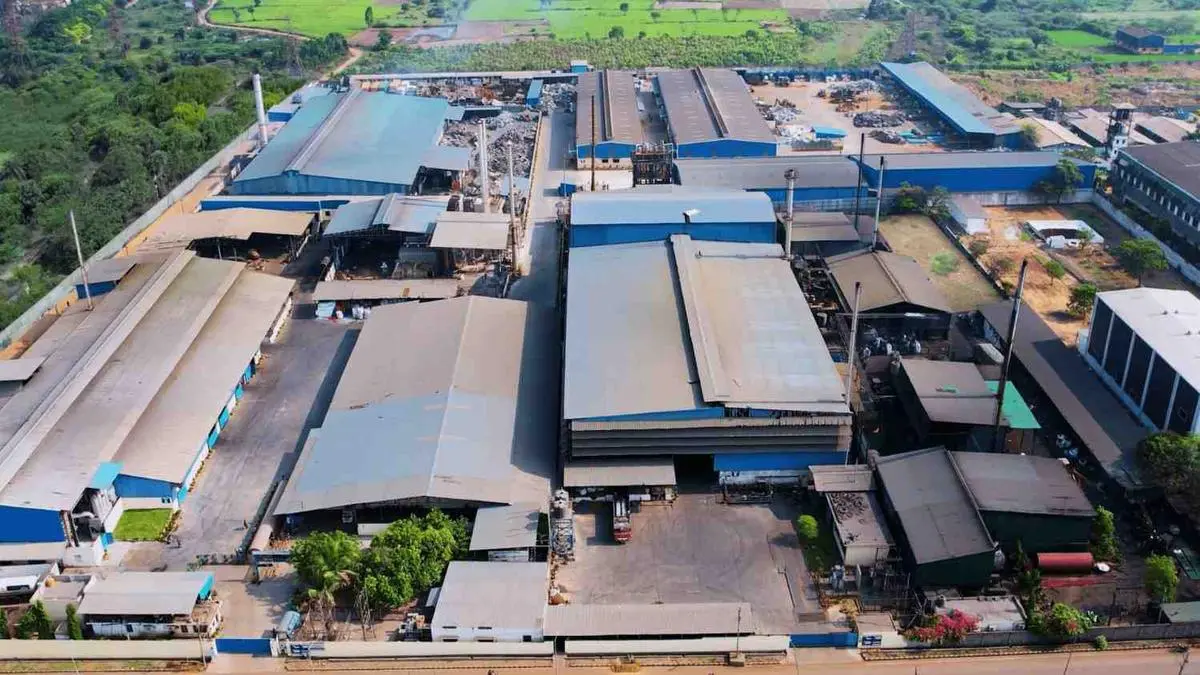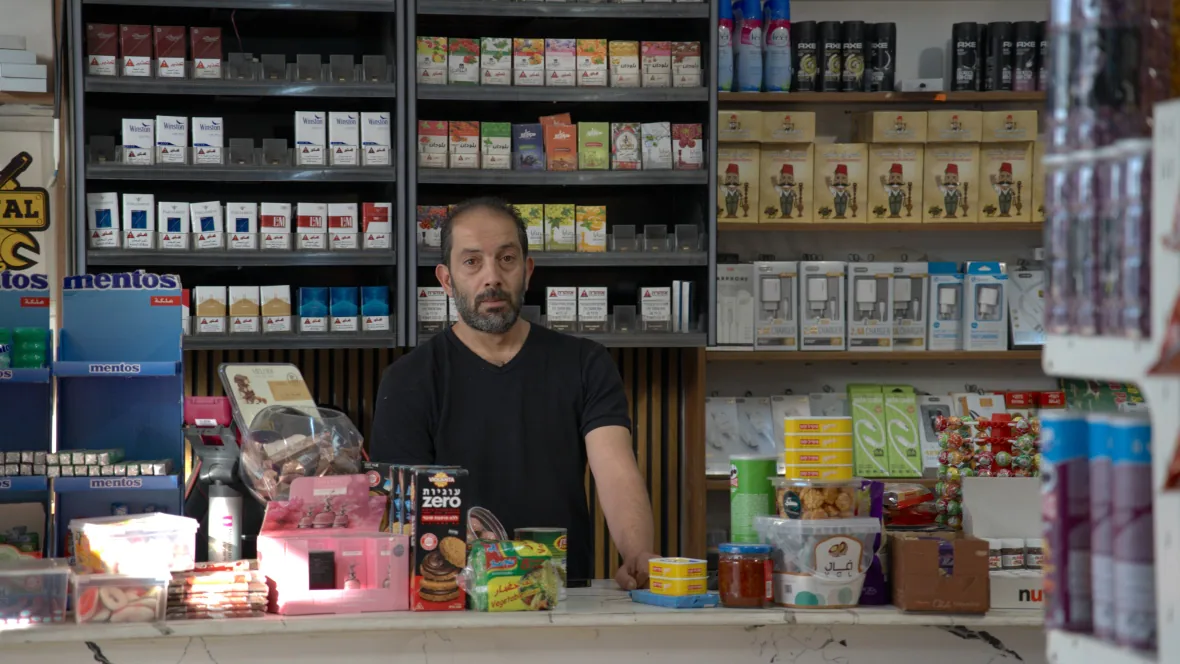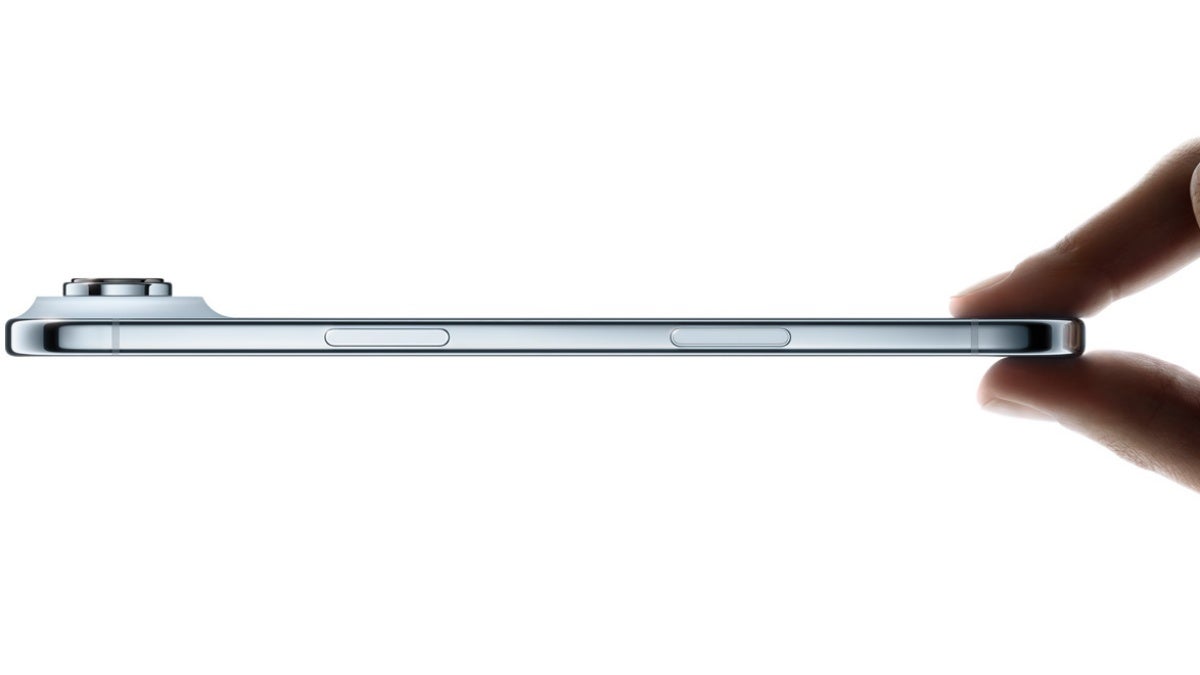By Sai Prabhakar
Copyright thehindubusinessline

Jain Resource Recycling has come out with an IPO that is open till September 26. The company recycles scrap from copper, aluminium and lead to produce industry-consumable non-ferrous metals, which are used in a wide array of industries.
The company is valued at a market cap of ₹8,006 crore at the upper end of the IPO price band (₹220-232 per share), which values the company at 35.9 times FY25 earnings. The offer has a fresh issue of ₹500 crore, of which ₹375 crore will be used to clear part of the outstanding debt of ₹920 crore, as on March 31. The OFS portion is of ₹750 crore (₹715 crore from promoter). Post-issue promoter shareholding will be 73.6 per cent.
In FY23-25, the company reported sales/PAT growth of 52 per cent/56 per cent CAGR, driven by an increase in supply sources and expanded facilities. The growth outlook will hinge on further expanding the supply base.
While the company’s growth has been good in the last two years and recycling as a theme is gaining traction, we recommend investors wait and watch for now. This is because: One, the valuation at PE of 35.9 times is pricing in the growth prospects (FY25 PAT growth at 36 per cent) and two, the industry is still evolving and investors must track the company’s performance as a listed company. Currently, there are no listed peers to compare with or check historical track record of how companies in this business perform across cycles. Recent performance also reflects an upcylce.
Company operations
The company derived 44.8 per cent/39.4 per cent/3.8 per cent of FY25 revenues from copper/lead/aluminium sales. The company sources scrap from over 120 countries, led by India (23 per cent of purchases in FY25), the US (12 per cent), Malaysia (9 per cent) and Kuwait (3.8 per cent). Similarly, the non-ferrous metal output is primarily exported (60 per cent of sales in FY25), led by Singapore (18 per cent), China (19 per cent) and the UAE (10 per cent).
The company has maintained stable profitability margins in the last three years. It hedges raw material costs and sales prices. This allows the company to protect its margin despite price volatility in the metals segment. The currency risk is mitigated naturally by the import-export operations and the remainder of risk is also hedged.
The company’s lead output is recognised in London Metal Exchange as Jain 9998. This is also quality standard aiding customers from battery to defence equipment manufacturers.
The company mentions that the sourcing operations and scale and technology employed are primary differentiators and sales reaching out across different industries is not a limiting factor for the company. The company has developed strong sourcing relations in several countries with four dedicated overseas teams that have direct relations with scrap dealers allowing for bulk purchases.
Expansion plans
Jain Resource Recycling has invested ₹150 crore in expansion into copper downstream facility in Gummidipoondi near Chennai, where its other three facilities exist. This will utilise the copper ingots produced to manufacture copper cathodes, wires, flats and other downstream products. This facility will be commercialised in a phased manner in the next two-three years. The first phase will have a 9,000-tonne capacity and the phase-II will have a similar capacity too. The project is expected to be financed from internal accruals.
The power needed for the processing of copper will be met from solar modules installed on the roof-top and on-ground. This should lower the power cost of the facility and of the company facilities nearby as well and expected to be reflected in the FY26 financials.
Government regulation
From April 1, 2026, Extended Producer Responsibility (EPR) provisions will come into effect. With reference to the company, this should enforce companies to gradually increase the share of recycled non-ferrous materials in production from 10 per cent. The manufacturing companies should also ensure that a certain portion of the products sold should be acquired from scrap dealers at the end of life or should buy equivalent credits from recyclers. These provisions will increase the usage of recycled materials and more importantly, will organise the recycling segment, which should bode well for the company. Additionally, the Central government has also recently approved a ₹1,500-crore incentive scheme to aid recycling capacity for critical minerals from secondary sources like e-waste and battery scrap.
Thus, while there are structural tailwinds, given the cyclicality of the industry, more clarity on how the company will perform across cycles needs to be gauged before making an investment call.
Published on September 24, 2025



